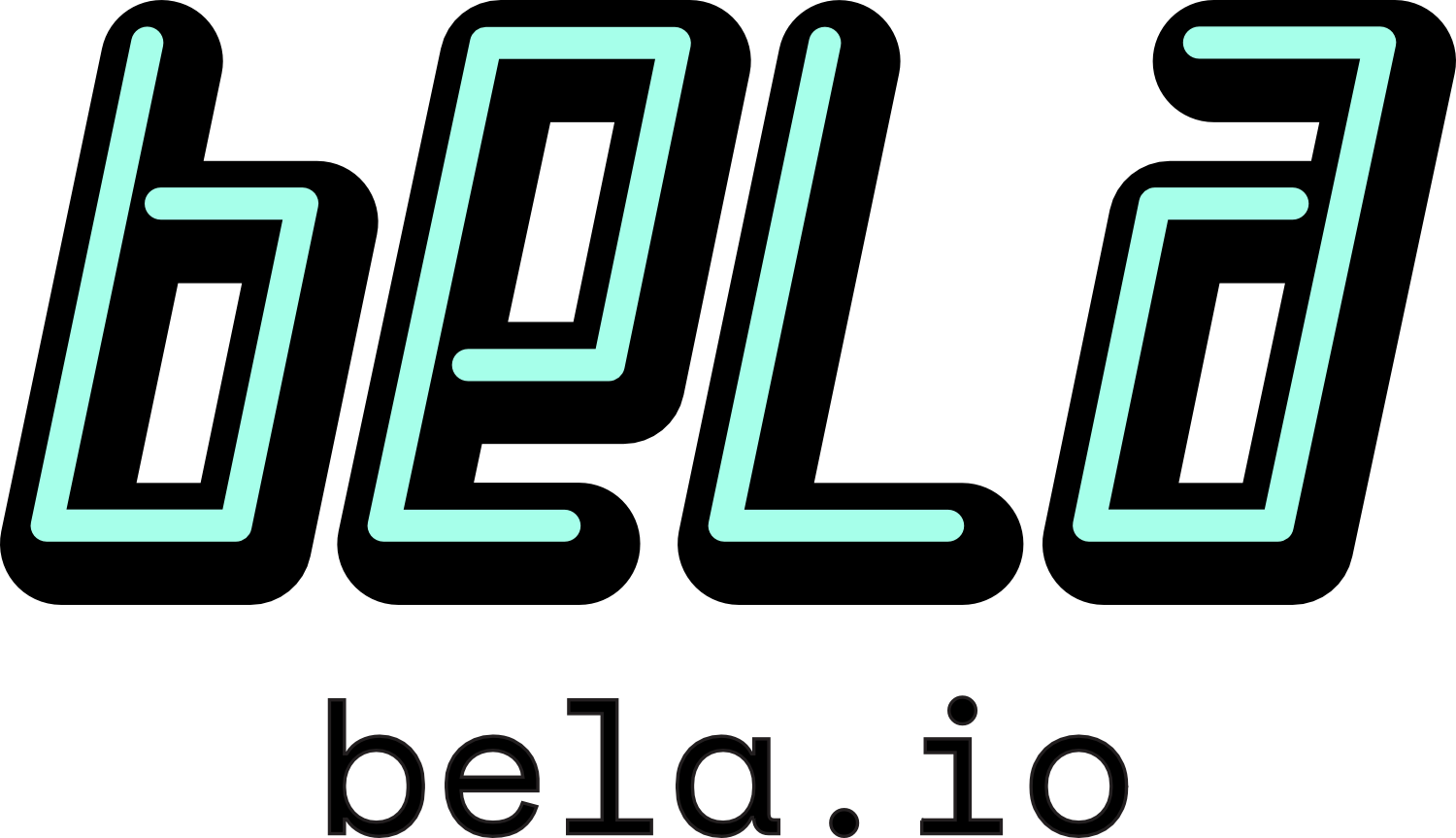Music 3: Interfaces and Environments
Black Space
Oren Ronen, Victor Zappi
Black Space is a solo performance by Oren Ronen that presents highly correlated sonic and visual elements. The piece, which is still in its early stages of development, revolves around the manipulation of acoustic qualities of sound propagation and reverberation in a physical model, that is capable of both synthesizing and visually rendering sound waves. Showcasing the core ideas of the piece, Oren creates layered textures and percussive sounds that get trapped and resonate in different 2D shapes and materials, exploring the acoustic effects arising as he alters the physical properties of the “black space” these sounds exist in.
Black Space was composed for the Hyper Drumhead, a novel audio/visual digital musical instrument designed by Victor Zappi.
The Air Sticks – An Audio Visual Gestural Instrument
Alon A Ilsar
Matthew Hughes
The AirSticks – an audio-visual gestural instrument
This solo audio-visual work evolves around the AirSticks and an interactive visual system, Confluence. The AirSticks are an audio-visual gestural instrument designed to allow the composition, performance and improvisation of live electronic music and graphics using movements captured by handheld motion controllers, utilising bespoke software to generate musical and visual content from the gestural controller’s real-time position and rotation information. Through this interface, the performer is offered multidimensional control over audio-visual parameters, whilst providing a clearly transparent relationship between gesture and audio-visual product. The graphics are projected onto a transparent screen—or scrim—to allow both the performer and audience to relate to them. Percussionist/ instrument designer
has been performing with the AirSticks around the world since 2013 with highlights including a live performance with Alan Cumming at the MET museum in NYC, a TEDx performance with live electronic trio the Sticks at Sydney’s Opera House and a solo performance of an hour long audio-visual collaboration with Matt Hughes at Sydney’s Recital Hall entitled Trigger Happy Visualised. The AirSticks were also presented at the 2019 Guthman Musical Instrument Competition in Georgia Tech in Atlanta, Georgia, where they took out the Audience Choice Awards for Best Instrument and Best Performance. A similar presentation was recently made at SIGGRAPH Asia’s 2019 Real-Time Live Competition, in which the AirSticks took out the judge’s award for Best Presentation. For this performance, will play an excerpt from Trigger Happy Visualised, a piece titled ‘One Five Nine’.
Playing the nUFO
Isak Han
“Will new digital instruments become part of the current musico-industrial framework with composers, publishers, producers, sound engineers, performers, concert halls, media, critics, audience?
Or do they belong to a new age of musical practice?
What is a new digital instrument? How do we play it? Who composes for it? Where does it fit in our culture? And is it a sustainable thing?“
Thor Magnusson poses these questions in “sonic writing” (2019), and they all directly apply to the nUFO I’ve been developing over the past 3 years. They inform the conceptual background of the piece, with my personal answers to them becoming the initial sound material. Oscillating between clear intelligibility and complex processing blended with layers of abstract synthesis, the piece offers multiple auditory perspectives on these questions.
Gravity | Density
Jesse Allison, Anthony T Marasco
Gravity | Density is a work for cyber-hacked devices and Web Audio applications with thematic material drawn from humankind’s fascination with the universe.
In Gravity | Density, we begin by manipulating fixed-audio sources through the performance of hacked CD players. The sonic results of this mangled audio is sampled and then distributed to the audience’s mobile devices in both passive and interactive manners. Passive distributions allow us to create intricately-spatialized rhythmic interplay between the glitching CD players and the blanket of overlapping samples dispersed throughout the networked audience. Active distributions allow the audience to join in our performance; by sampling small portions of the audio, processing and looping these sounds and sending them back to the performers, we string this audio together and feed it into a cyber-controlled distortion pedal before sending it back to the audience for more manipulation. This results in overlapping cycles of control and audio generation between performer, audience, network, and machine.
Embody
Barbara Nerness
embody is a piece for live performers using stethophones (stethoscope microphones), which I have created from hacked stethoscopes, in order to amplify the heartbeat and voice in the chest or vocal tract. The motivation came from my exploration of the sounds trapped within my body, such as my heartbeat and the resonance of my voice in my vocal tract or chest. Is it possible to record our voice as we hear it in our head?
On the surface, embody asks the questions: “What if the ocean had a heart? What if machines could speak?” In some sense, the ocean does have a pulse through tides and machines do make noise, we just do not understand them as human. In the piece, sounds of the natural and built environment are anthropomorphized using the sounds inside the performers’ bodies. On a technical level, the sounds were constructed using spectral convolution and envelope following, probing the spectral overlap of our bodies with sounds external to us.
The piece includes sounds from two field recording sessions; one at the beach in Pescadero and another on a tour through the Stanford Energy Facility. The piece is spatialized in 3rd order Ambisonics to resemble a sonic body.





